
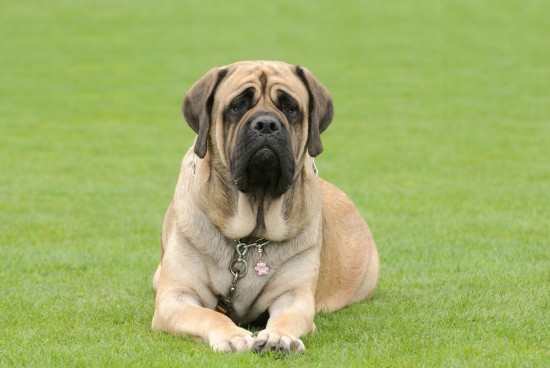
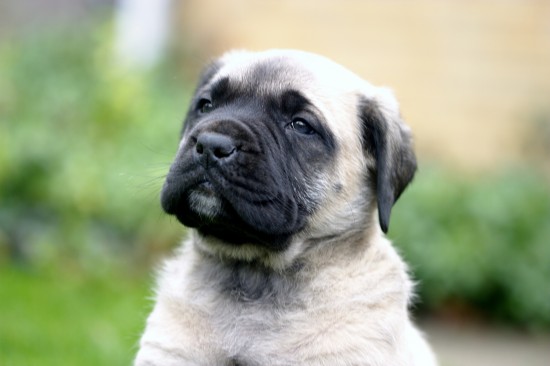
The mastiff is a very large dog breed that is both tall and heavy, and naturally, needs a large home and garden in order to be able to move around comfortably! The usage of the term “mastiff” itself can be somewhat confusing, as the term is widely used to refer to a range of dog breeds that have the word mastiff within their breed names, as well as referring to the generic mastiff dog breed itself.
The term mastiff is also often used interchangeably with the term “Molosser,” and so any dog breed that falls within the Molosser type may also be considered to be a mastiff as well!
The mastiff is one of the largest of all breeds in terms of their combined height and weight, and dogs of the breed can stand up to 30” tall at the withers, and weigh up to 110kg. Males of the breed tend to be larger than females, but the females of the breed are certainly not petite themselves!
The mastiff has a huge head and skull, large, heavy body and very square build, with a deep and wide chest. Mastiffs generally have short, close-lying coats, which are generally brindle or fawn, with black markings on the face.
Mastiffs are slow moving, quiet dogs that are very protective of their families, and form strong bonds with their owners. However, due to their sheer size and powerful build, they require a confident and experienced owner to manage them, and are not considered to be a good choice of pet for the first time dog owner.
If you are wondering if the Mastiff is a good choice of dog for you, it is important to find out as much about the breed as possible, including their general health and wellness. In this article, we will look into these factors in more detail.
The coefficient of inbreeding statistic for the breed is 13.3%, which is rather high and indicates that the mastiff breed is subjected to a reasonably high degree of inbreeding. The ideal figure for pedigree dog breeds is 6.25% or lower, and mastiff breeders should reduce the figure within their own breed lines where possible.
The sheer size and weight of the mastiff dog means that the legs and joints of the breed are placed under a reasonable amount of pressure, and care should be taken particularly with young dogs to ensure that they do not overexert their still-developing bones and joints.
The skin folds of the face need regular cleaning and drying in order to avoid the build-up of dirt and debris, which can lead to infections.
The deep chest of the mastiff places them at risk of bloat or gastric torsion, a dangerous condition in which the stomach fills with gas and can potentially flip over on itself.
In order to ensure that the risk of hereditary health problems being passed on to puppies of the breed is kept to a minimum, the British Veterinary Association and The Kennel Club recommend quite a wide range of pre-breeding health tests for the mastiff dog. Current health schemes and general recommendations for the breed include:
The mastiff breed is classed as a high-profile breed by The Kennel Club, meaning that the breed is closely monitored due to the range of hereditary health problems that can affect the breed.
As well as the conditions mentioned above, the mastiff breed as a whole may also suffer from a fairly wide range of other health problems, but for which no current testing schemes are in place. These problems include:
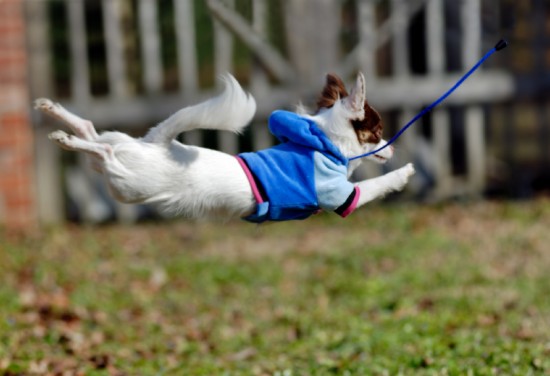 Dancing With Your Dog - Heelwork To Music
Dancing With Your Dog - Heelwork To Music
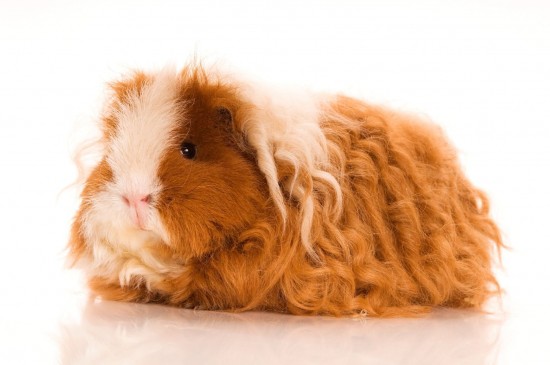 A Short Guide To Sheltie Guinea Pigs
A Short Guide To Sheltie Guinea Pigs
 Dogs And Retractable Leads - How To Use Them Safely And Correctly
Dogs And Retractable Leads - How To Use Them Safely And Correctly
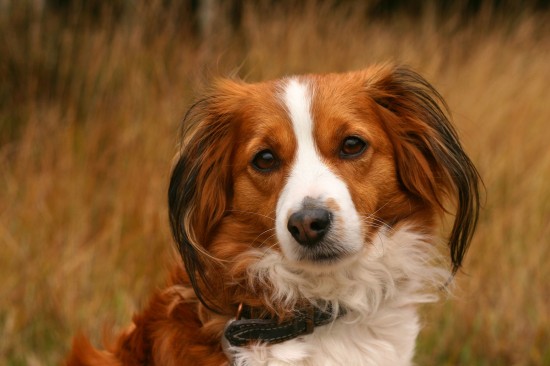 Is The Kooikerhondje A Good Choice Of Pet Dog?
Is The Kooikerhondje A Good Choice Of Pet Dog?
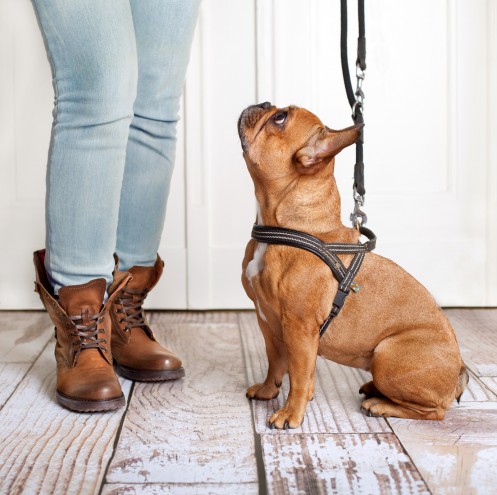 Dealing With A Dog That Grabs Or Chews The Lead When Out Walking
Dealing With A Dog That Grabs Or Chews The Lead When Out Walking
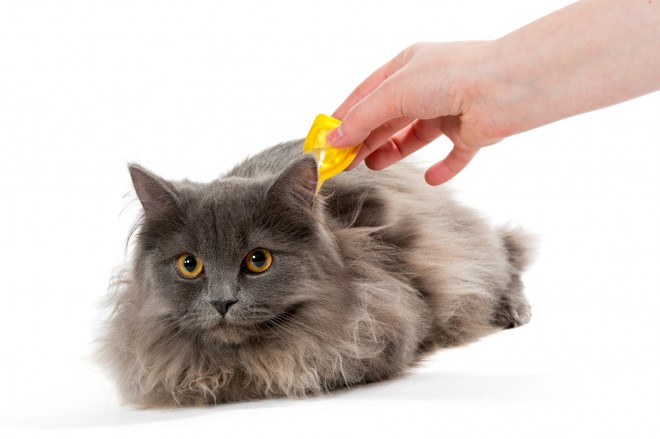 How Different Chemical Flea And Tick Preventatives And Treatments Work
How Different Chemical Flea And Tick Preventatives And Treatments Work
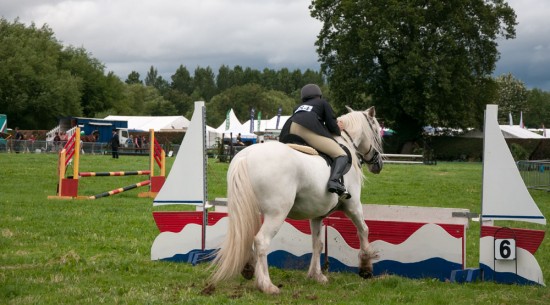 Falling From Your Horse - How To Do It As Safely As Possible!
Falling From Your
Falling From Your Horse - How To Do It As Safely As Possible!
Falling From Your
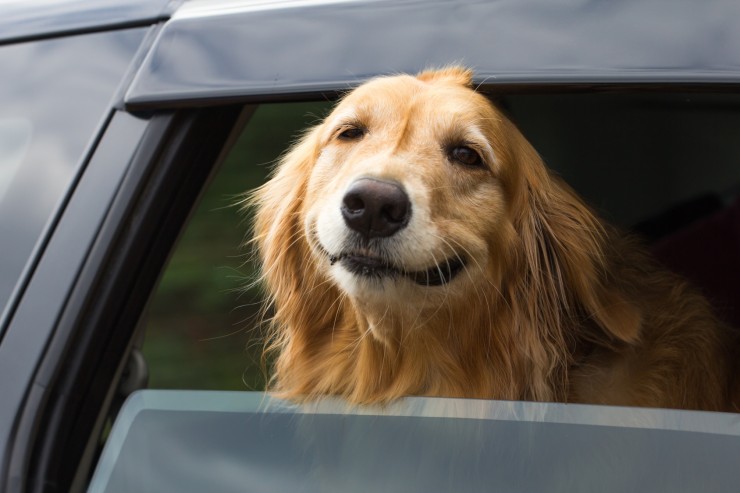 Tips On How To Stop Your Dog Barking In The Car
Tips On How To St
Tips On How To Stop Your Dog Barking In The Car
Tips On How To St
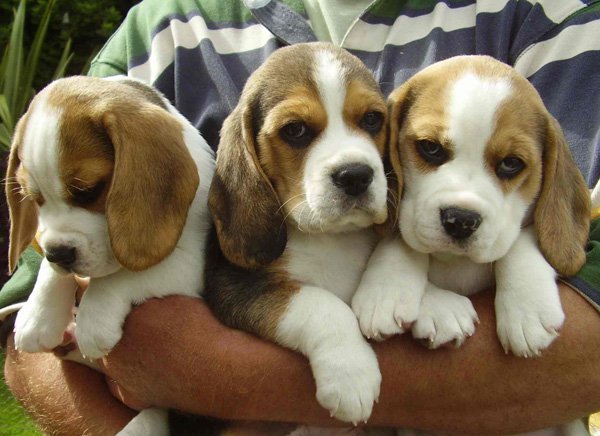 Get Equine Ulcer Supplements To Keep Your Horse Happy And Healthy
Get Equine Ulcer Supplements To Keep Your Horse Happy And
Get Equine Ulcer Supplements To Keep Your Horse Happy And Healthy
Get Equine Ulcer Supplements To Keep Your Horse Happy And
 Dealing With A Cat That Bites Or Lashes Out
Dealing With A Ca
Dealing With A Cat That Bites Or Lashes Out
Dealing With A Ca
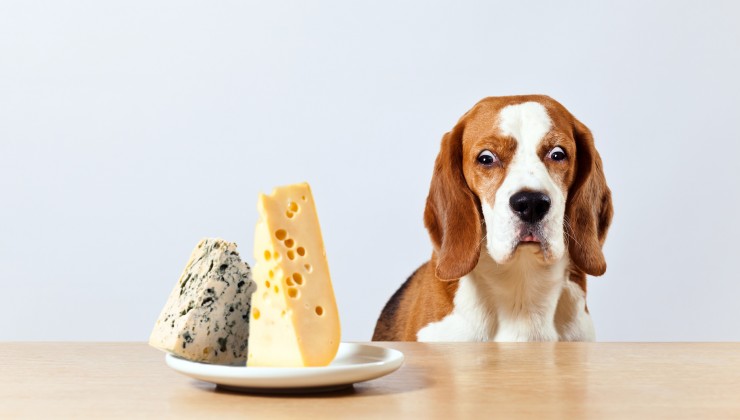 Can Dogs Eat Cheese?
Can Dogs Eat Chee
Can Dogs Eat Cheese?
Can Dogs Eat Chee
Copyright © 2005-2016 Pet Information All Rights Reserved
Contact us: www162date@outlook.com